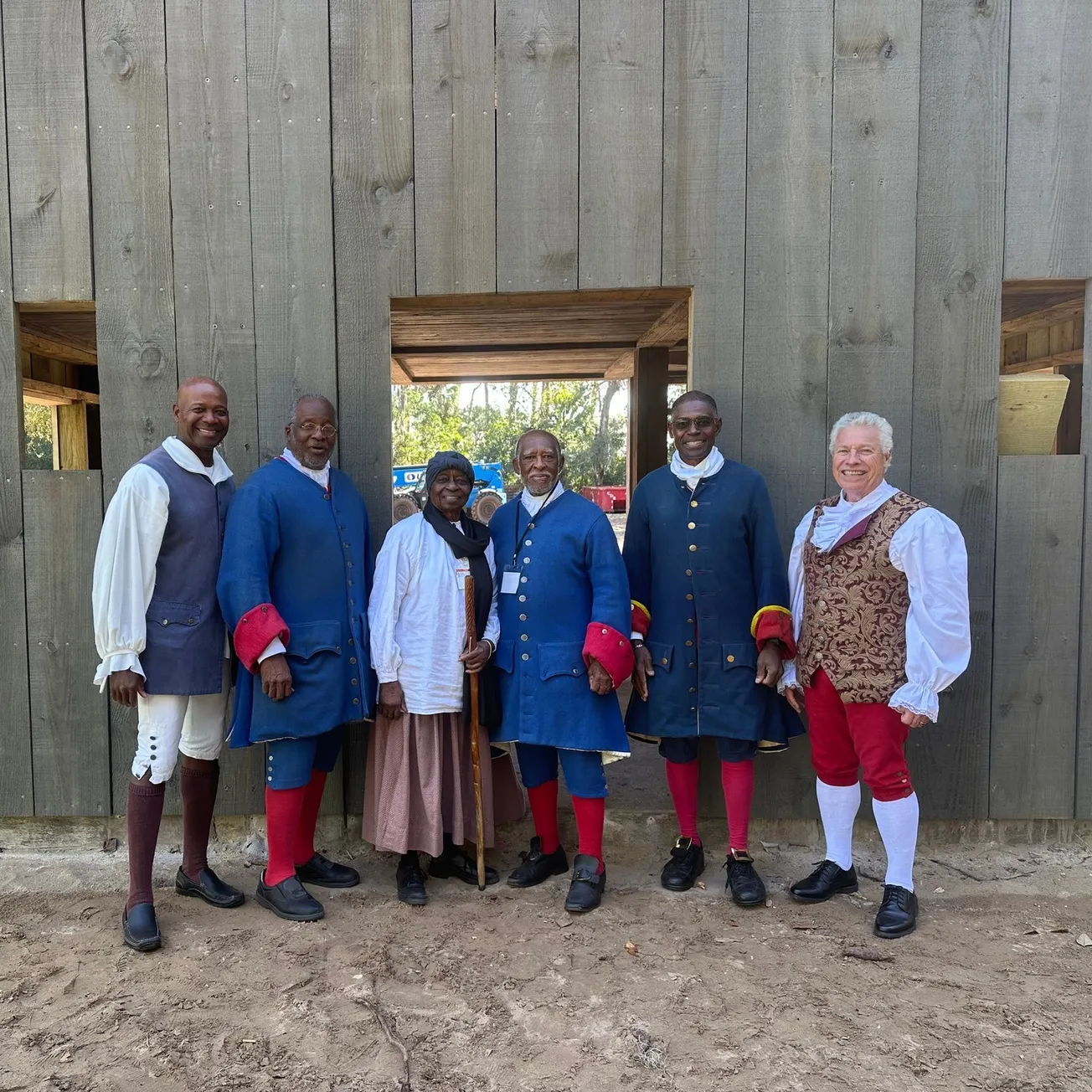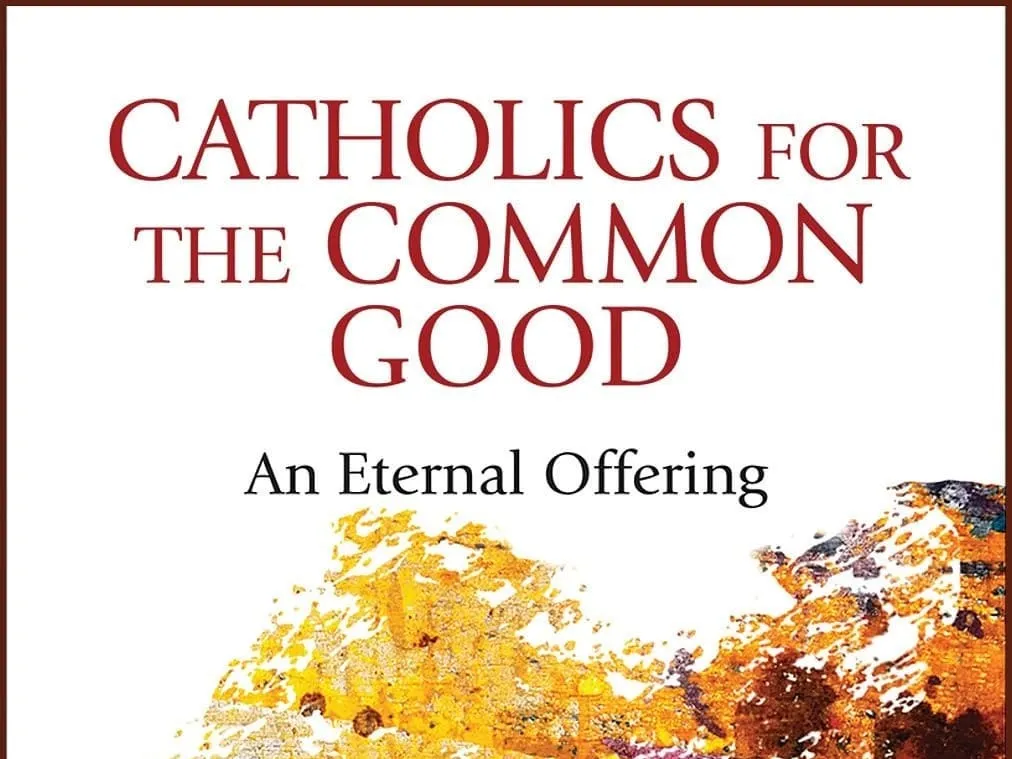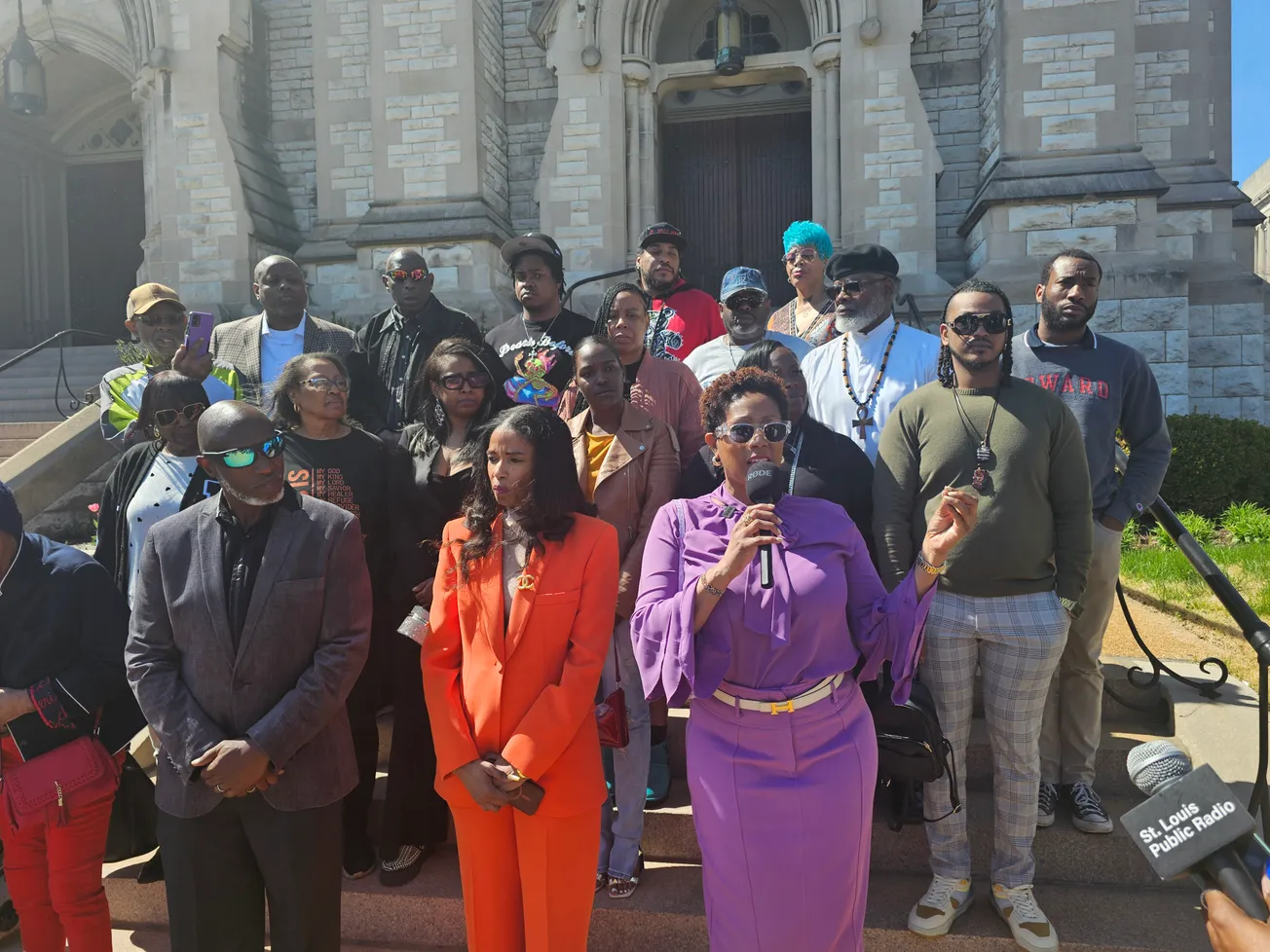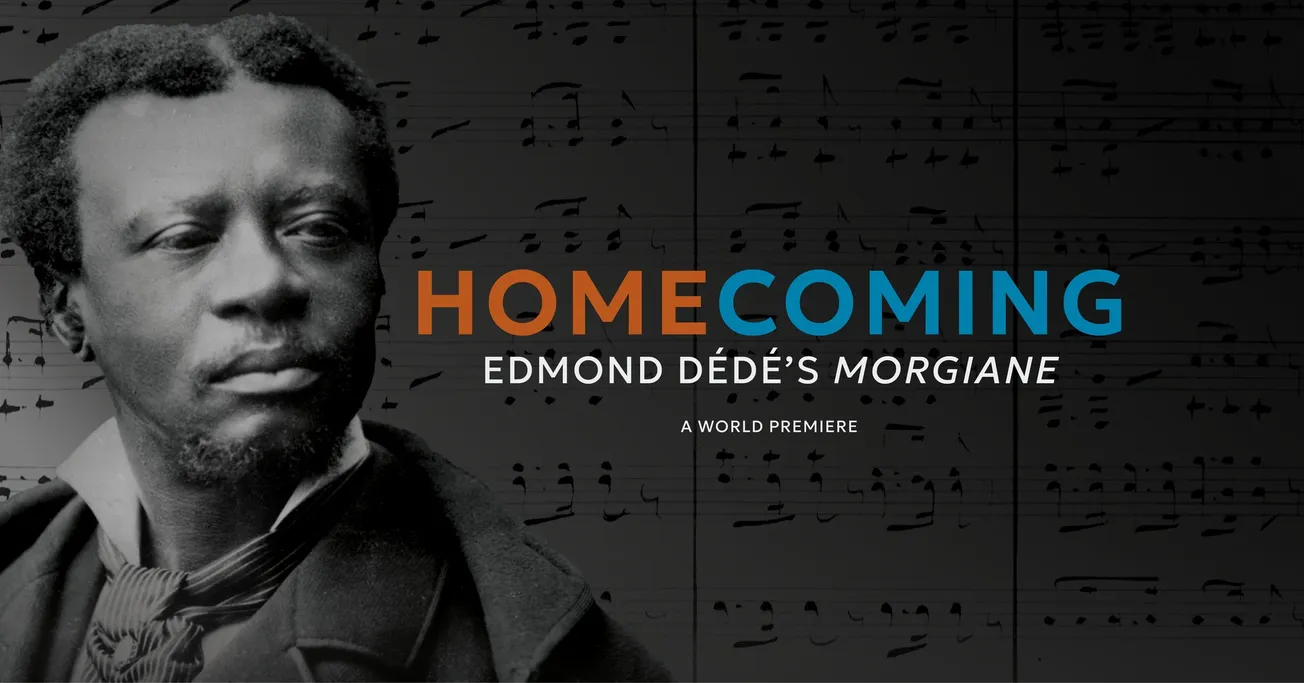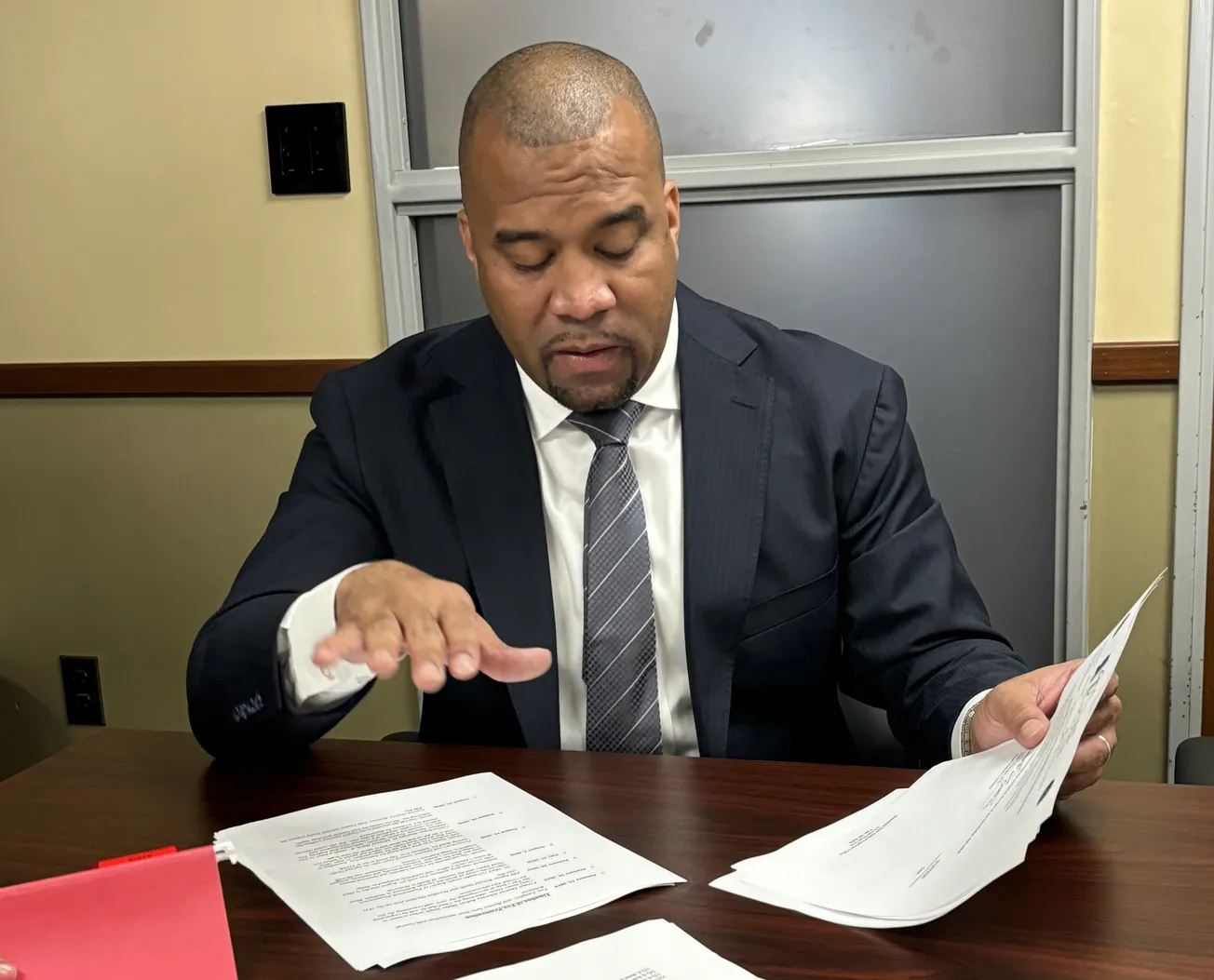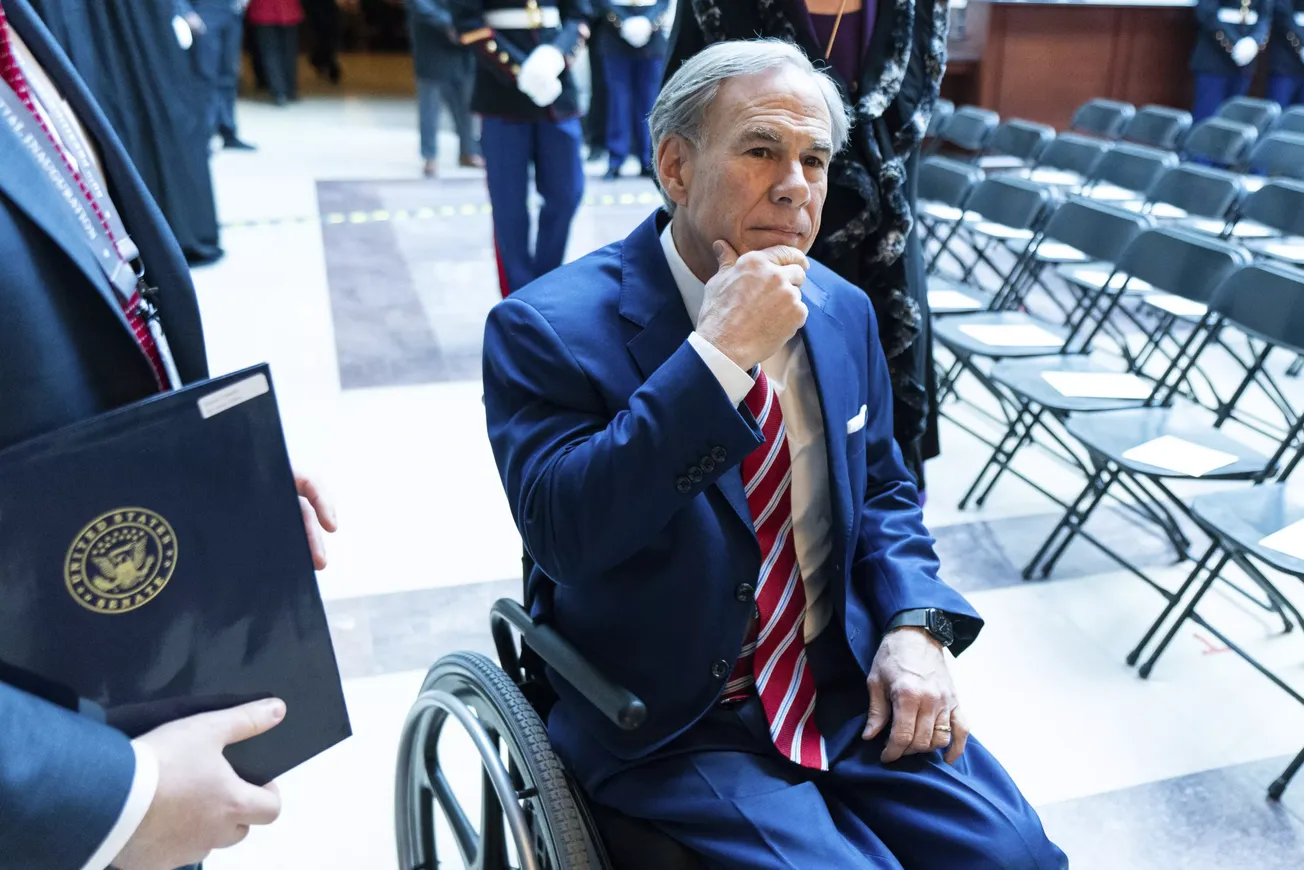On the fifth centenary of the birth of St. Benedict of San Fratello [St. Benedict the Moor], from the Friars Minor of Sicily, who are honored to have him as a member of their fraternity and keep his mortal remains in the Convent of Santa Maria di Gesù in Palermo, to all the brothers and sisters of good will. (1524 – 2024)
This year marks the fifth centenary of the birth of St. Benedict the Moor, the first Black saint canonized with a regular canonical process.
Unfortunately, the eve of the start of the centenary celebrations was marred by the terrible fire that, on July 25, 2023, totally destroyed the interior of the 15th-century church where he prayed and where his incorrupt body was kept, a destination for pilgrimages. Also lost were the wooden statue of Santa Maria di Gesù—in front of which he loved to pause in contemplation and which, according to legend, would entrust to him for a few moments the little child she held in her arms—as well as the urn that held the remains of Blessed Matthew of Agrigento, founder of the church and convent.
Benedict, even in death, shared the fate of those who lost their homes and died in the flames. His burnt relics were collected with loving care by the friars and volunteers of the parish who generously worked hard for this, that [his remains] be recomposed and worthily arranged as soon as possible.
The incorrupt remains of St. Benedict the Moor—the oldest patron saint of African Americans—were largely destroyed in Italy during the July fire that claimed the Convent of Santa Maria di Gesù in Palermo, Sicily—where the Black Catholic saint died in 1589. https://t.co/Nmk0fbW4f9 pic.twitter.com/LnP5sUKvxY
— Black Catholic Messenger (@BlkCathStories) August 17, 2023
Paradoxically, however, the echo and emotion aroused by the sad event at a local, national, and international level has made St. Benedict known even in regions and countries where nothing was known of his existence, and has given rise to a series of initiatives that give hope for rapid reconstruction of the church and the arrangement of what was able to be recovered of his burnt body.
Benedict was born in San Fratello in the province of Messina—in all probability in 1524, at a time when the slave trade existed in Christian countries—to Cristoforo Manasseri and Diana Larcan, who had been kidnapped and enslaved by European merchants and sold, ending up in the service of a rich landowner from San Fratello named Vincenzo Manasseri.
Educated in a Christian way, he lived a peaceful childhood and a hard-working adolescence, achieving a reasonable economic situation through his work. At the age of about 20, a meeting with a Franciscan hermit named Girolamo Lanza, head of a hermit congregation of Franciscan inspiration that took its name from [St. Francis], marked a turning point in his existence. Benedict joined Girolamo to lead a life of prayer and austerity in solitude in the Hermitage of St. Dominic near Caronia, in search of the face of God and of intimacy in listening to his voice. The group became popular to the point that it was repeatedly forced to change locations, moving from Caronia to the Platani Valley in the Agrigento area, to Mancusa between Carini and Partinico, then to Marineo in the province of Palermo, and finally to Mount Pellegrino, which was previously so dear to St. Rosalia. Meanwhile, Benedict had become the leader of the group of hermits.
In 1562, while the Council of Trent was still underway, a decree of Pope Pius IV, pursuing the program of reform of the Church, forced the Franciscan-inspired hermits to join one of the religious families of the First Order of St. Francis [the Order of Friars Minor]. Benedict, after long and fervent prayer before the image of the Blessed Virgin Mary called “Libera Inferni” in the Cathedral of Palermo, knocked at the convent door of Santa Maria di Gesù in the same city, asking to be welcomed among the Friars Minor. Apart from a brief stay during his formative years in Giuliana in the province of Palermo, he remained in the convent of Santa Maria di Gesù until his death. He distinguished himself by his spirit of prayer, the austerity of his life, the service to his brothers in the various tasks he was called to carry out—cook, doorman, beggar, master of novices, and guardian—and by his charity toward the poor and the sick, men and women of all social classes who turned to him above all for his fame as a miracle worker.
His lifestyle, the wisdom of his advice (“He read hearts.”), his wit and affability, his profound understanding of the Holy Scriptures, his boundless charity, his tenderness towards the little ones, and the suffering and the fame of miracles attributed to him attracted the esteem, sympathy, and devotion of laypeople, men and women, religious and clerics.
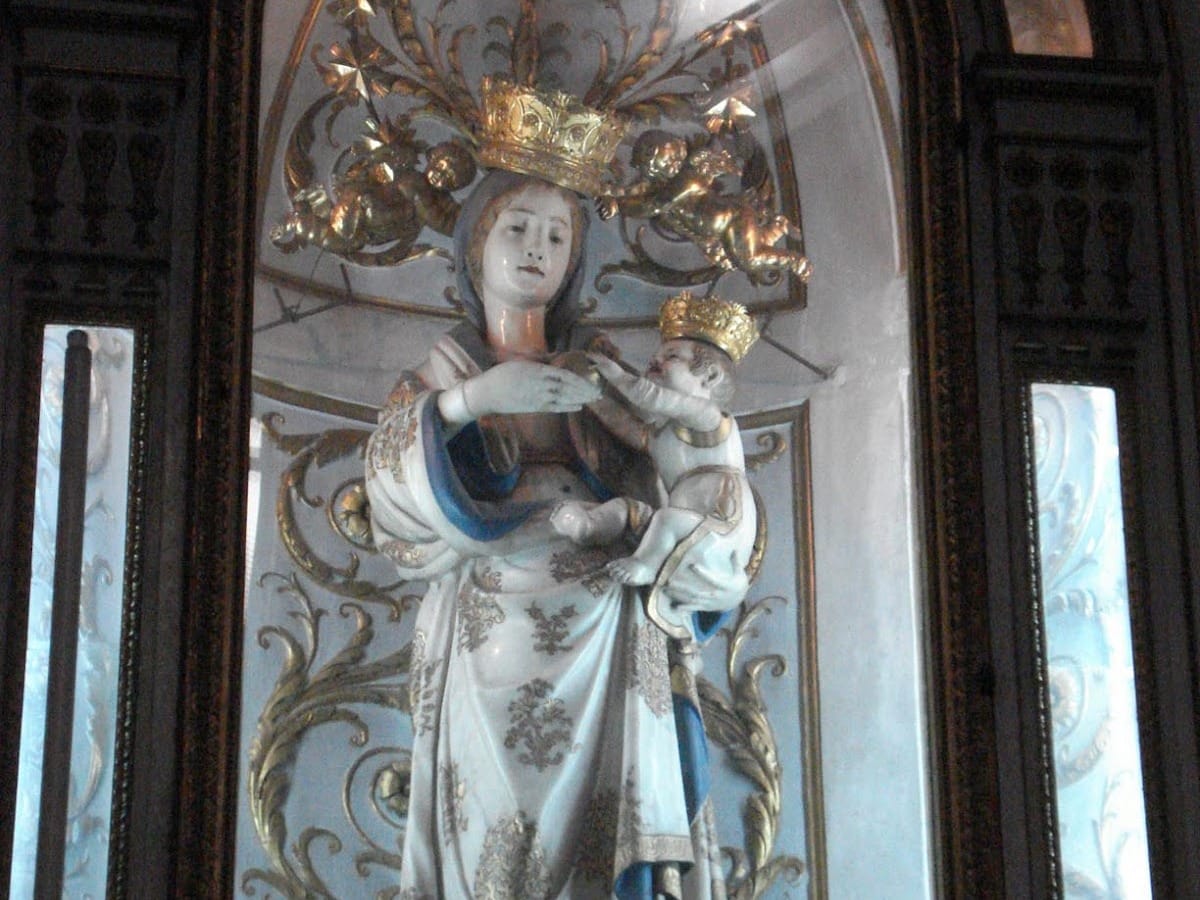
Benedict died on April 4, 1589, the Tuesday of Easter week. From here originated the tradition, which continues to this day, of the pilgrimage from the convent to his hermitage on Mount Grifone near the tree he planted, on the Sunday after Easter. The city of Palermo immediately recognized in Benedict, Black and the son of the enslaved, a protector (the "celestial advocate") to turn to in the troubled events of its history and to whose intercession to rely in moments of difficulty—long before his canonization, enacted on May 24, 1807, by Pope Pius VII. In fact, a decree of the Palermo Senate on April 24, 1652, had already proclaimed Benedict the patron and Intercessor of the city.
His cult in Palermo, in his native town of San Fratello, and later in Acquedolci, spread immediately after his death in Spain and, above all, was brought by Franciscan missionaries to the countries of Latin America: Venezuela, Brazil, Peru, Mexico, Cuba, Argentina, Colombia, Chile, Uruguay, etc., where it became very popular among the enslaved Africans whom the slave trade displaced in their millions in those regions. In recent decades it has been spreading to several African countries. The populations of the Americas and Africa recognize today as then in the Black saint a brother in solidarity with their suffering and their aspirations for freedom, and a symbol of their hope for redemption.
Benedict, known as “the Moor” because of the color of his skin, the son of enslaved Africans kidnapped, deported, and sold, despised for his origin and social condition (he was called “slave,” “Black slave,” “little slave”), who decided on his life and chose to become a hermit to dedicate himself to the search for God and to prayer. Benedict, who having dissolved the group of hermits, enters the Friars Minor and here, amiable in character, loved and esteemed by his brothers, becomes their guide and introduces the reform of the religious family, and is well-liked and sought after for his wisdom, availability, delicate charity, spirit of prayer, and ability to listen and care for people—poor, wealthy and noble, clerics and lay people.
For all these reasons, immediately after his death, Benedict was acclaimed saint and patron saint by the city that had welcomed him, and in Latin America venerated as a symbol of redemption for the deported and enslaved Africans, before being officially canonized by the Church.
In this world and in this time—in which hundreds of thousands of people flee their countries of origin due to hunger, extreme living conditions, lack of freedom, water, and work, and exploitation, in search of dignity, respect, and a life worthy of the human condition, or are torn from the affection of their loved ones to be enslaved and encounter violence, exploitation, and death in the desert or at sea—Benedict is a figure of extraordinary relevance: a symbol of hope, of redemption, of welcome, of integration.
The celebration of the fifth centenary of his birth constitutes a providential opportunity to rediscover the figure of the Holy Moor and the relevance of his message of solidarity, brotherhood, and dialogue for the multi-faith, multicultural, and multi-ethnic world in which we live, torn by racism and discrimination, wars and violence, afflicted by old and new slavery, but thirsty for freedom, peace, brotherhood, and, above all, spirituality.
Palermo (January 3, 2024)
Feast of the Most Holy Name of Jesus
The Friars Minor of Sicily



